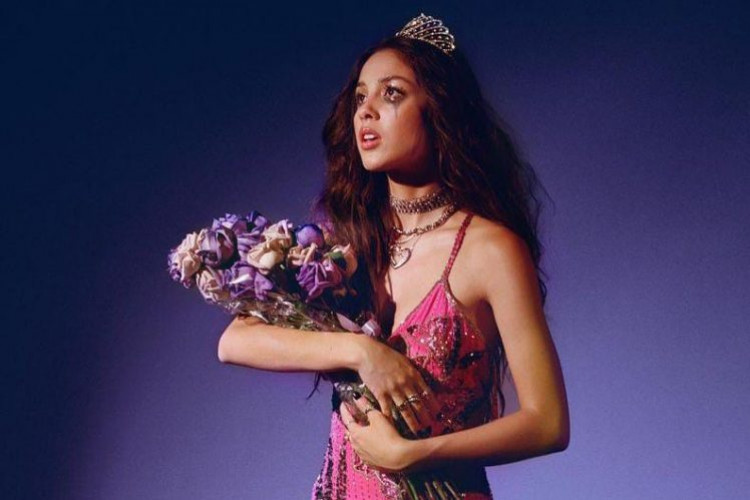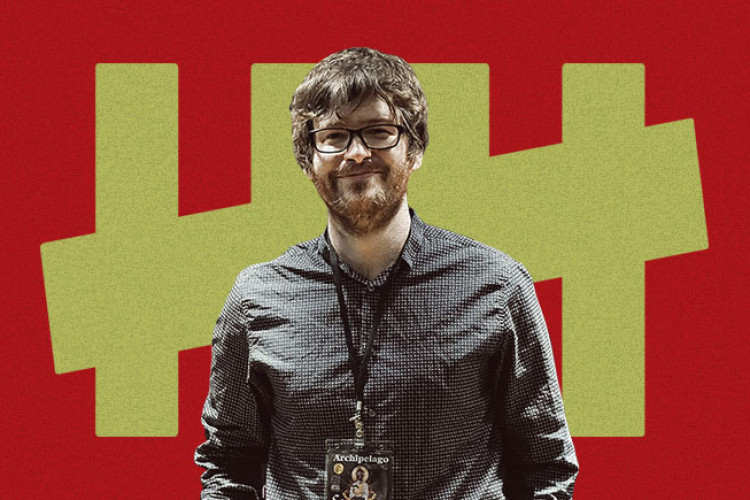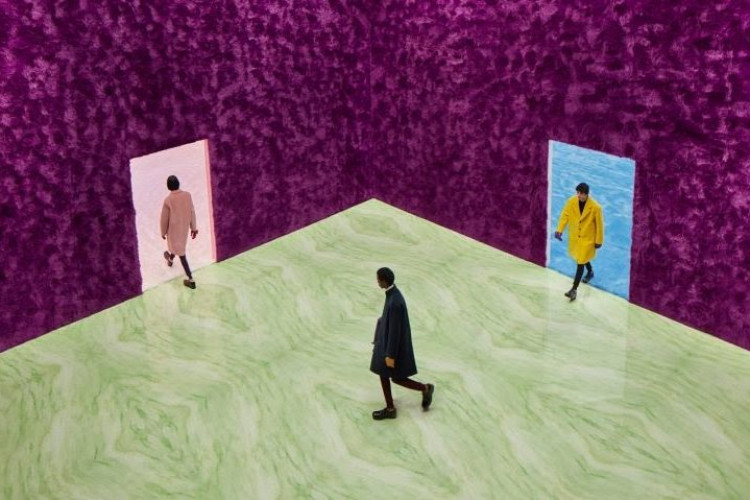Photography and its Process with Anton Ismael
Mariati Galatio (M) interviews photographer and artist Anton Ismael (A)
by Ken Jenie
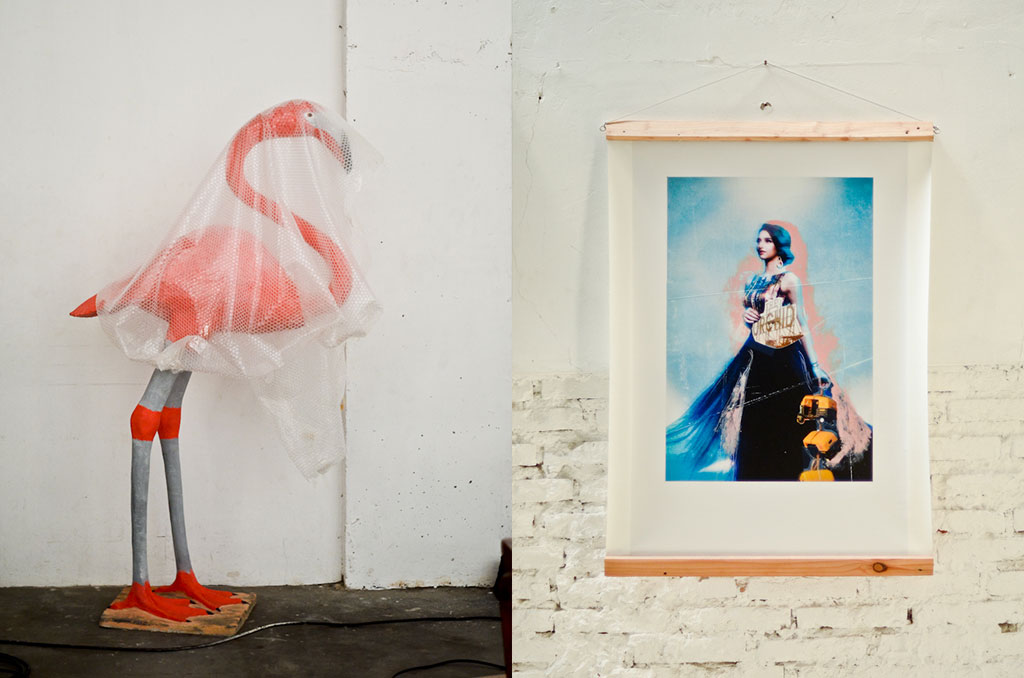
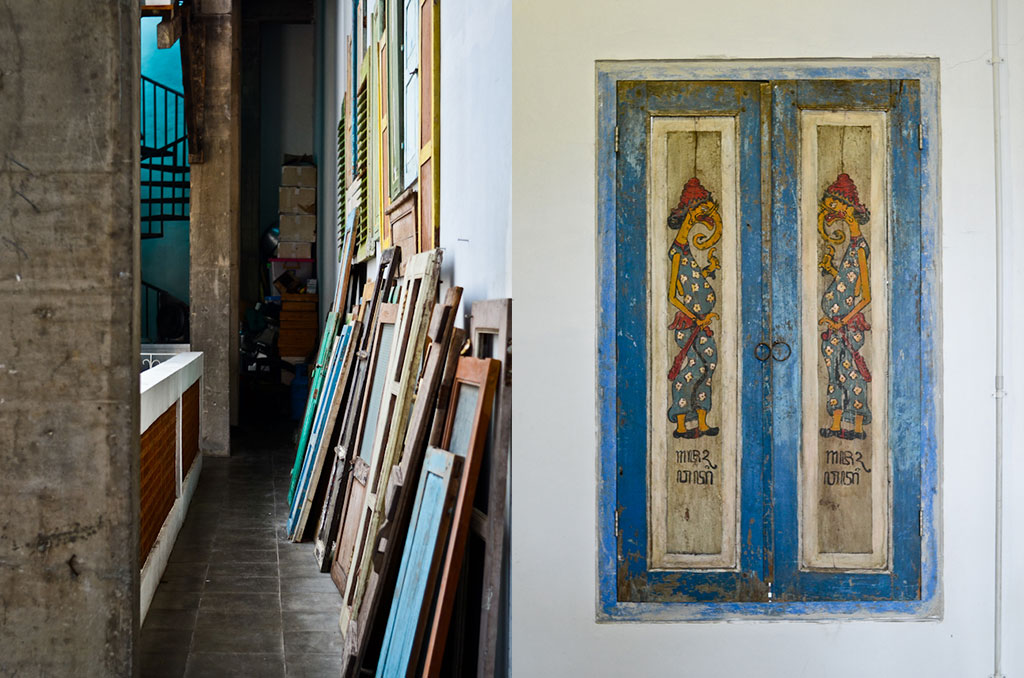
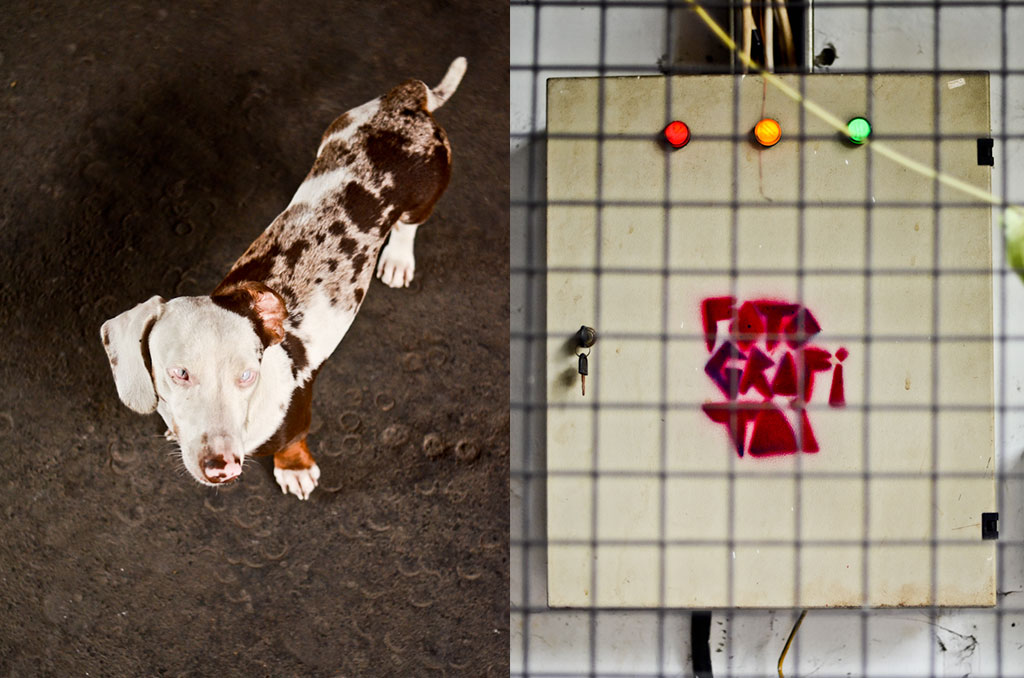

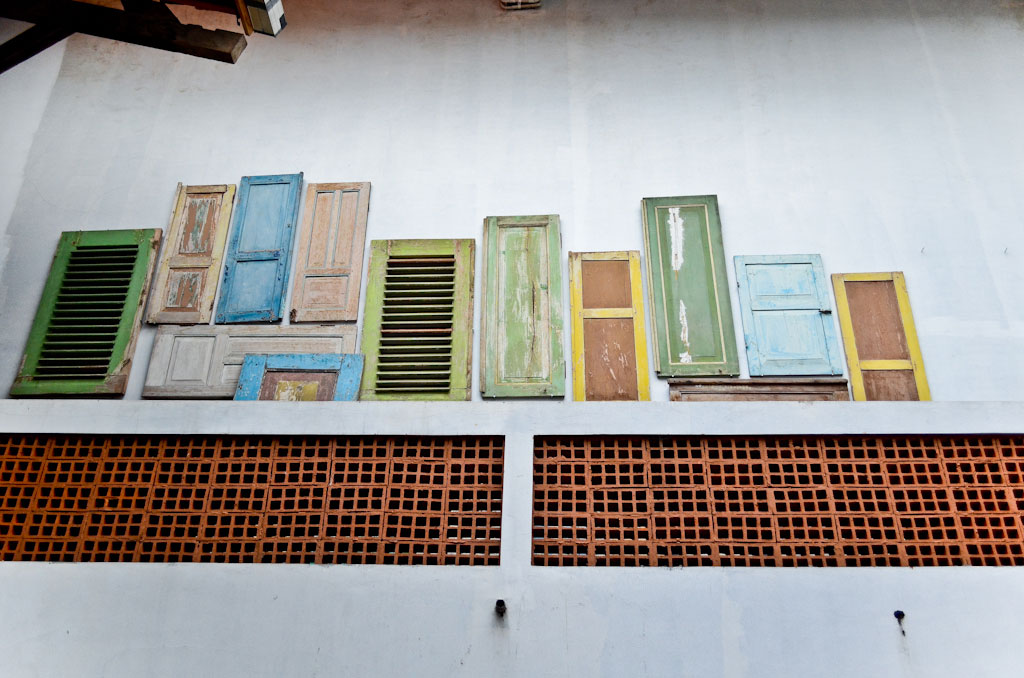
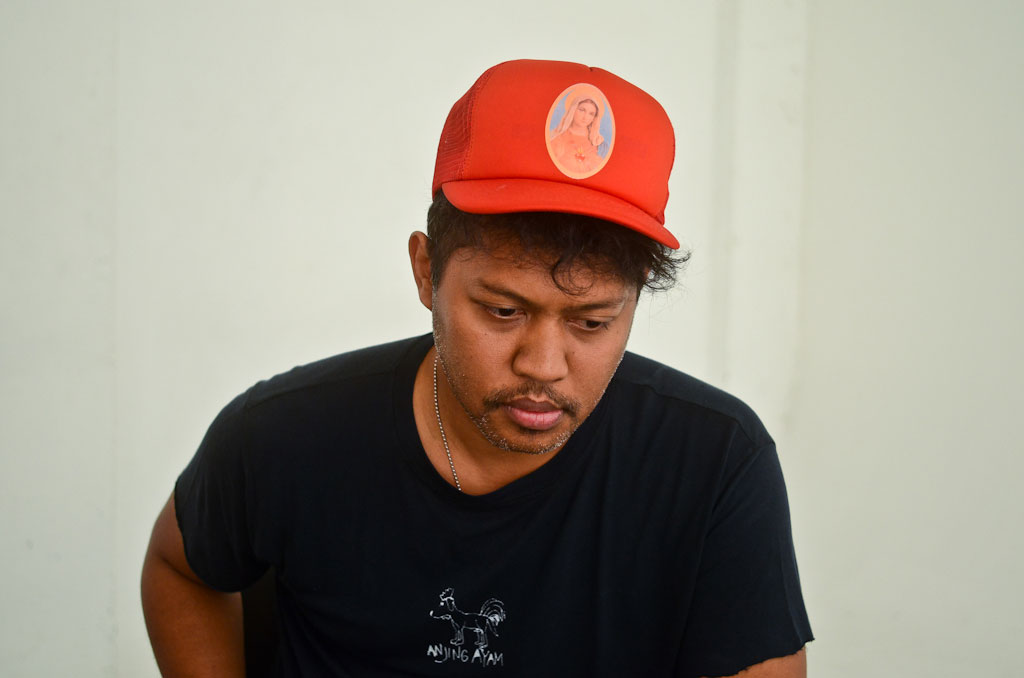
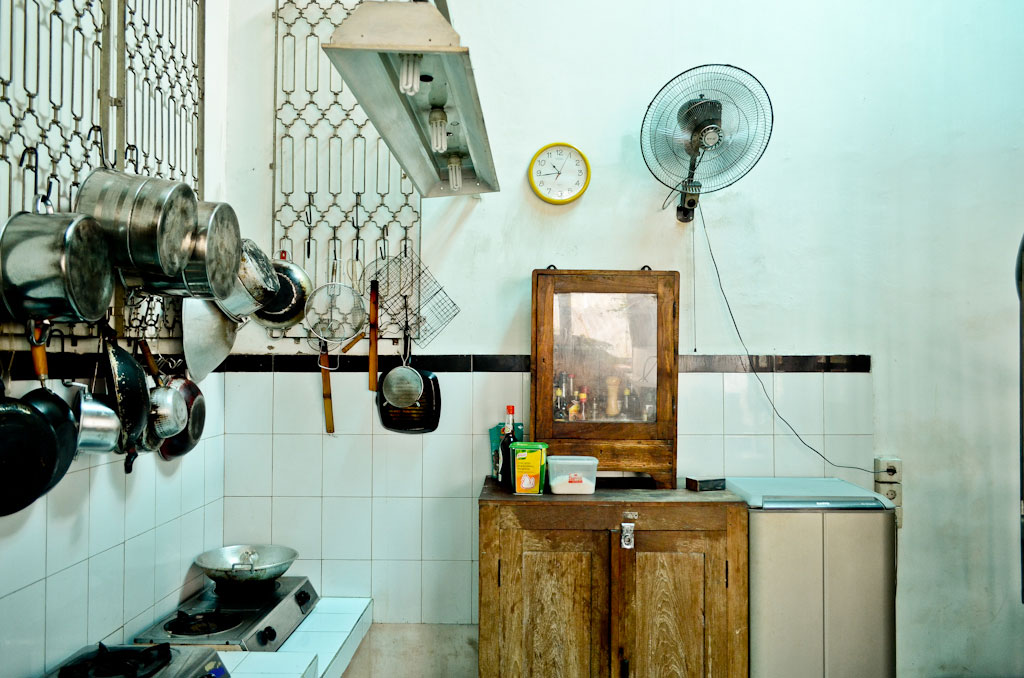
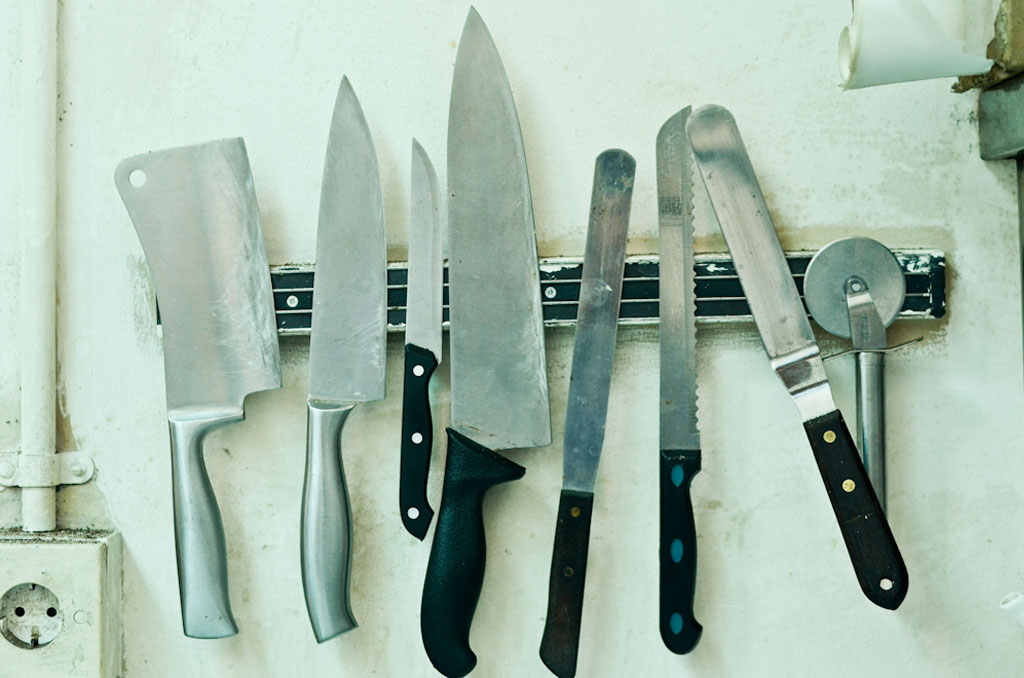
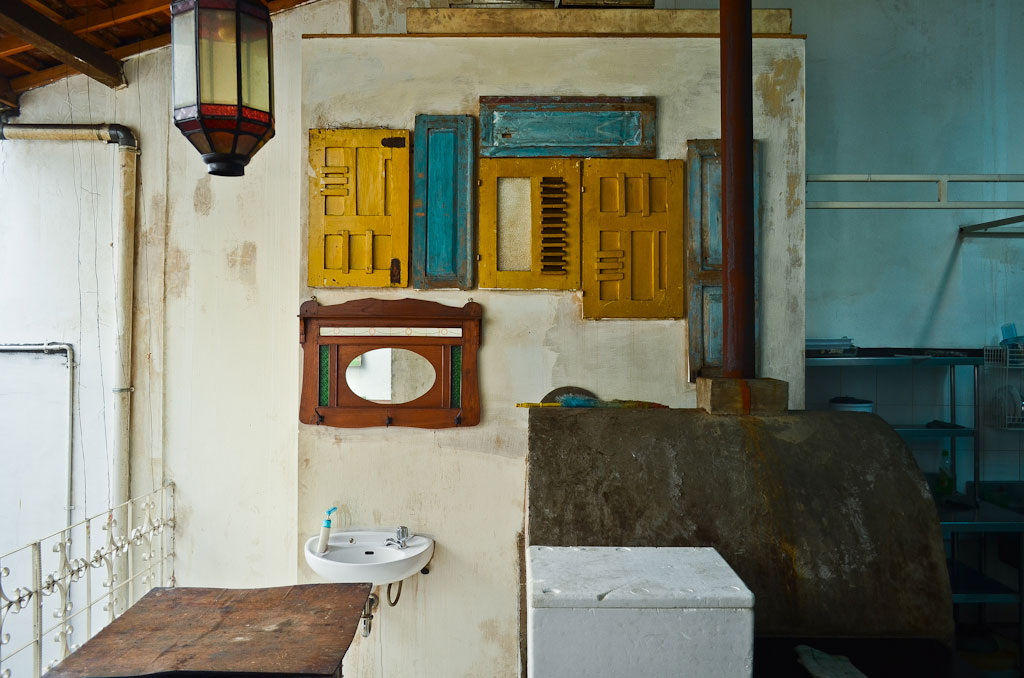

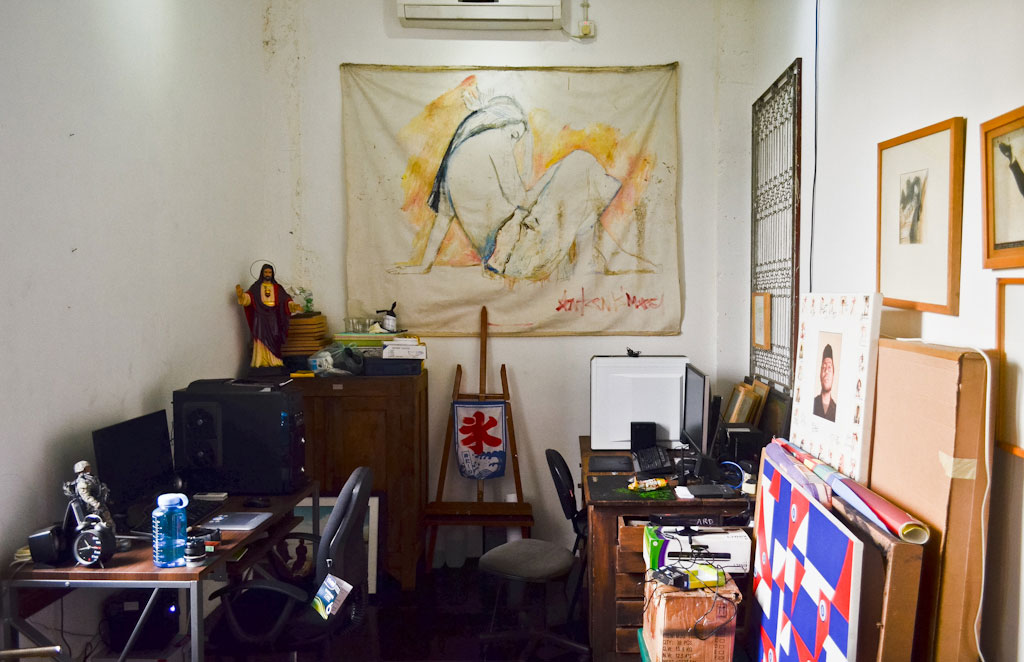

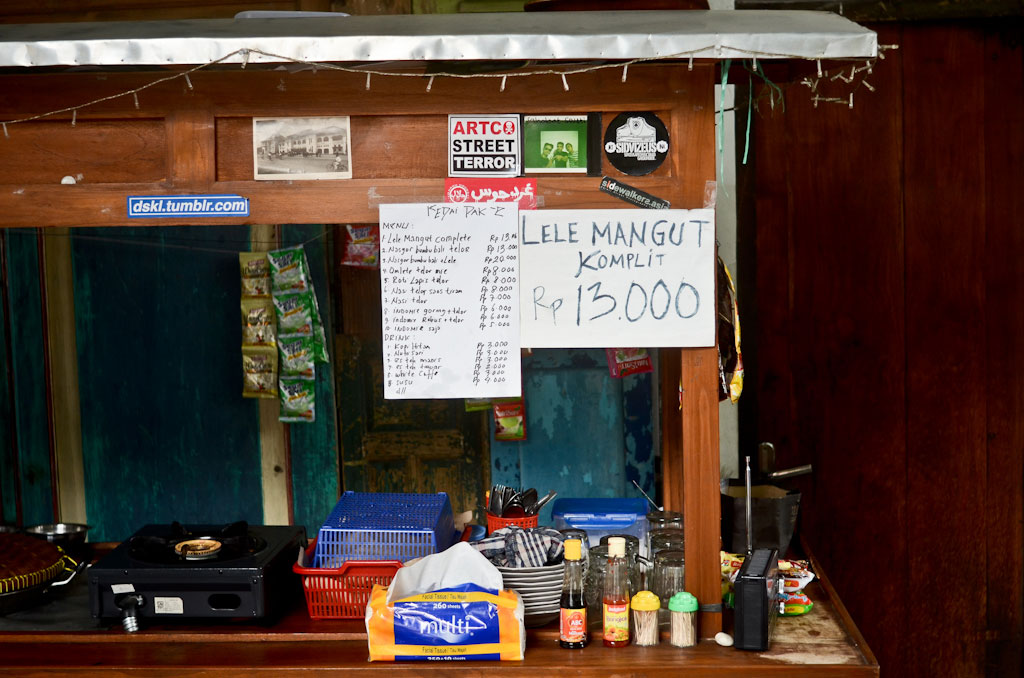

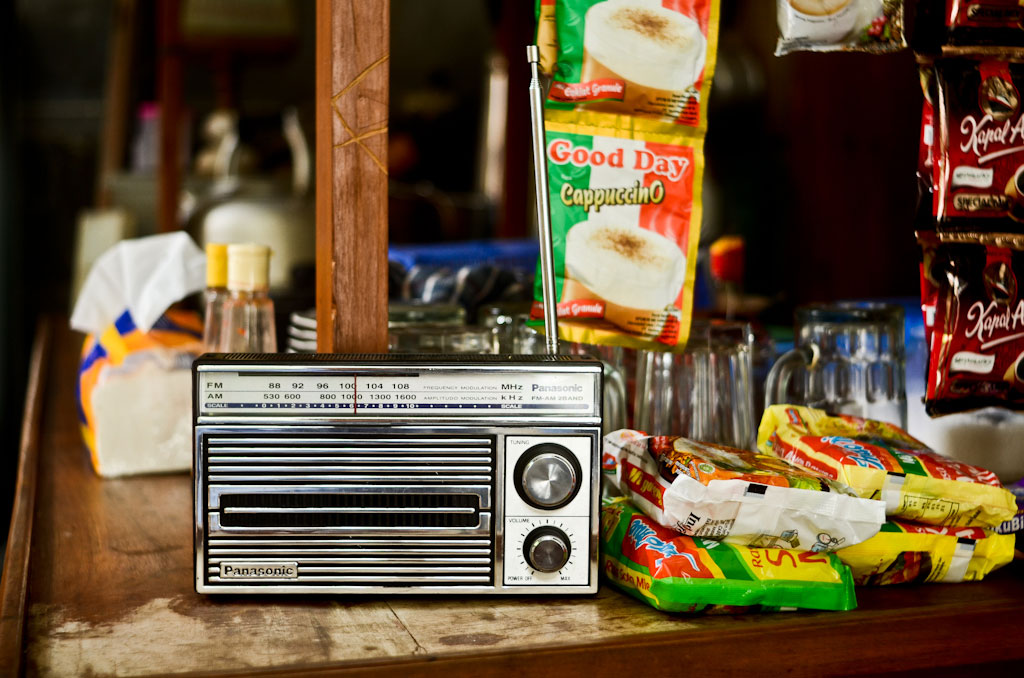

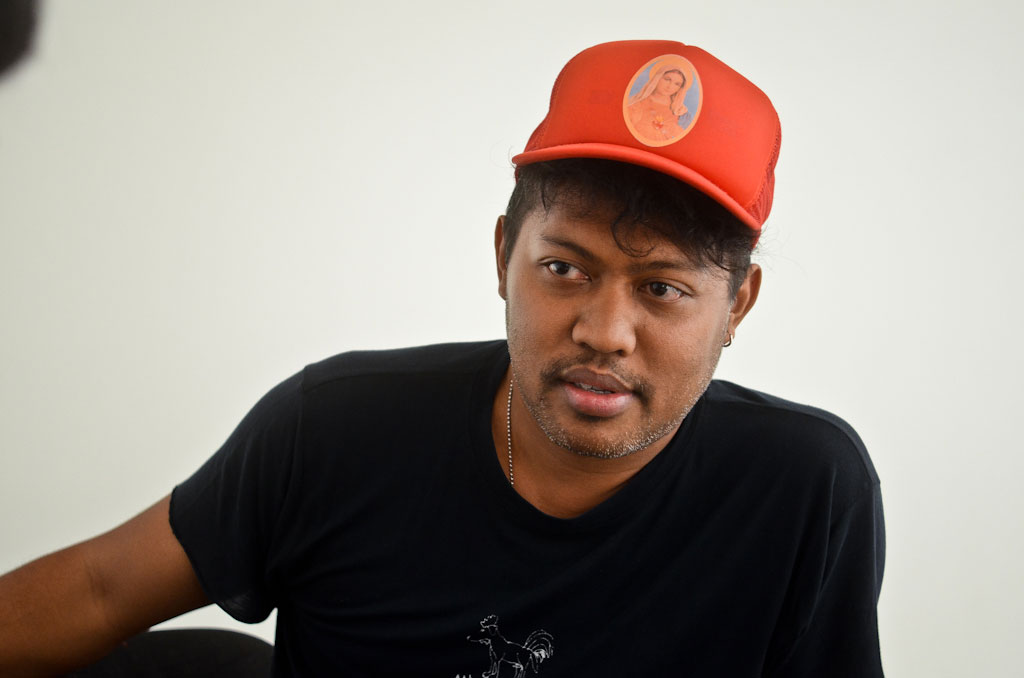
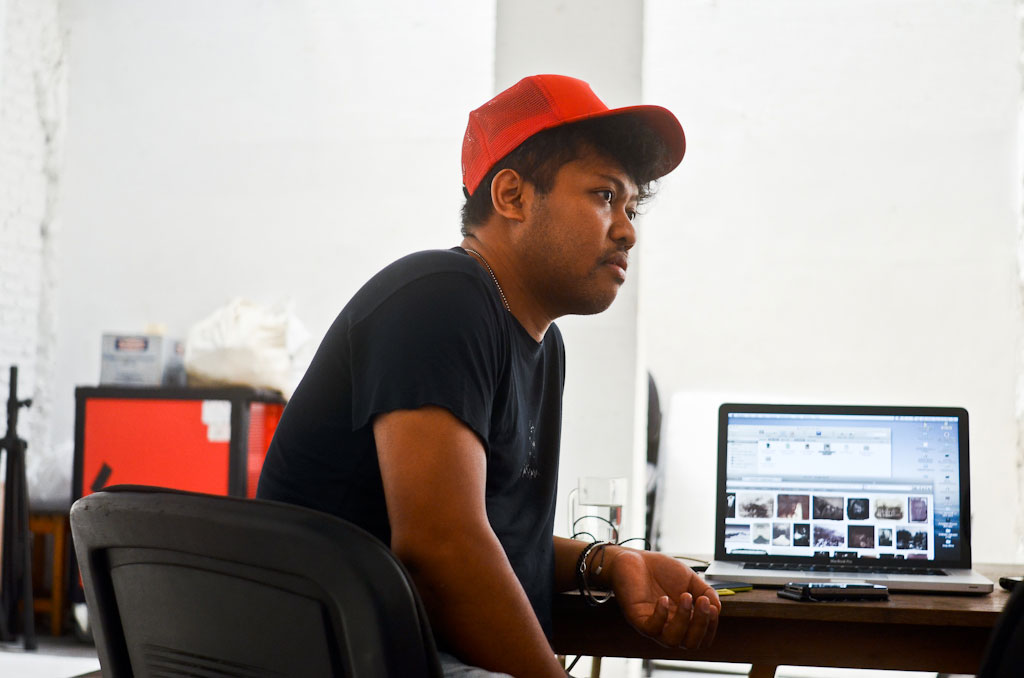
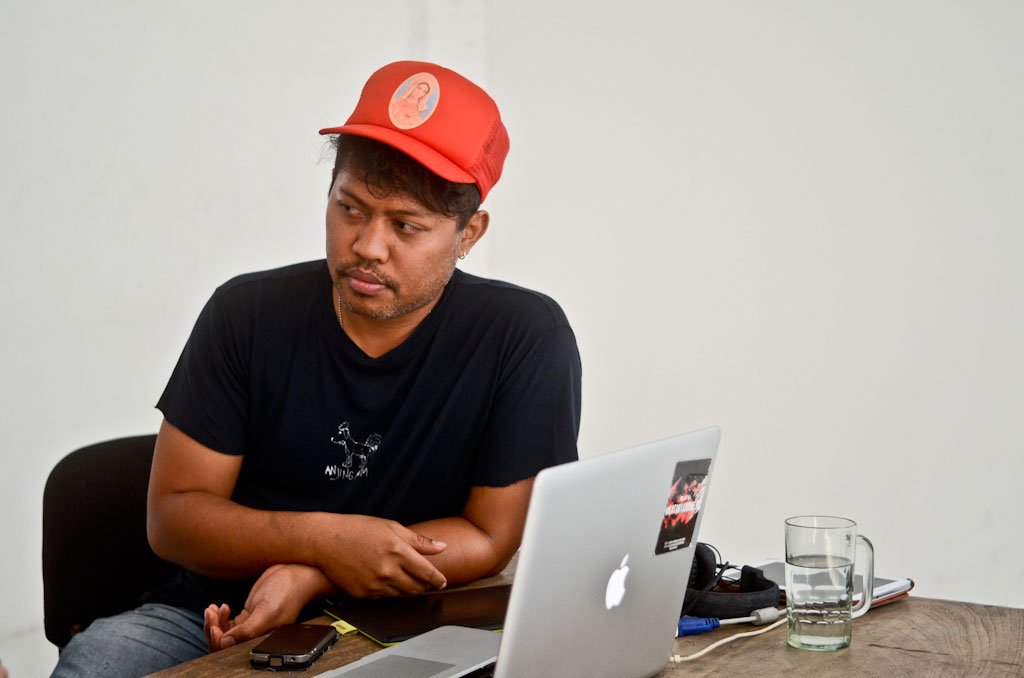

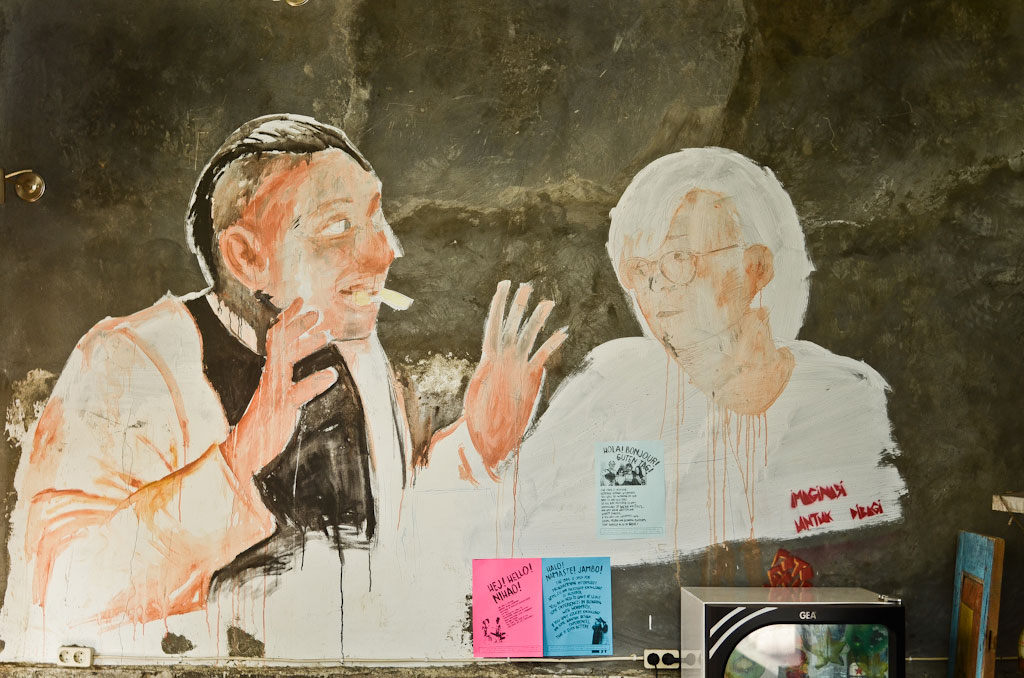
M
How did you first get into photography?
A
There’s one thing that I learned in my life – sometimes, we need others to recognize our ability, which we may not be able to do so in that moment. I was taking Foundation Studies in Royal Melbourne Institute of Technology (RMIT) in Australia since I didn’t know what I wanted to concentrate on. Foundation Studies is a major in which you can take an array of classes such as architecture, introduction to graphic design and life drawing, as well as fine arts. I was also taking classes math, physics, and photography classes. One day, my teacher told me that I should concentrate in photography even though I wanted to do different kind of art. I got into it and fell in love with photography. I was lucky to be able to earn a living from doing what I love.
M
What made your teacher say you should take up photography?
A
I was given an assignment to create a description of our college in any way we wanted it. I did a few things: installation, paintings, and photography. That was the first time I did a collage from cut-up photos. My teacher picked that particular creation. He saw my passion reflected through that creation. He thought I was good in photography, which I perhaps I was, but most likely because I always brought my camera everywhere. I was an excited high-school graduate in a foreign land (laughs) so I wanted to document a lot interesting things.
M
What was your first camera?
A
My first camera was a gift from my dad – a Pentax K-100 with the price tag still attached. He noticed my excitement when, one day, my sibling borrowed a Nikon F3 or FM2 from a friend. The camera actually belonged to Dimas Djay (director of Quickie Express, Tusuk Jelangkung) whom I later was fortunate enough to work with. I guess you can say I got into photography because of Dimas Djay and his camera… though, if my memory serves me right, I first used a camera at the age of 5. It was a pocket camera that I used to take pictures of my family with.
M
Were your parents supportive of what you did?
A
My parents always encouraged me to be the best in what I decided to do, be it a teacher or garbage collector. And since I love what I do, it was easy to be consistent. For me, the first thing is you have to love what you do. Second thing is encouragement to realize your ability – in my case, that came from my teacher. I would probably have ended up taking fine arts if no one encouraged me to reach my potential. I’m grateful to be able to learn in-depth photography techniques. Equipped with that skill, I can bring everything I imagine to life. I can also make films with that knowledge. You don’t have to be afraid to lose your sense of art because you already have it in you without having to go to school. School is the place to learn craftsmanship to refine your capacity.
M
And you can apply those techniques into other mediums?
A
Yeah, definitely. Photography isn’t just about taking pictures. For me, photography is like therapy. I used to stutter and had difficulty talking to people but now I can give lectures in front of thousands. That’s how it was therapeutic for me.
M
How do you get into mixing different media with photography?
A
I was doing a college photography assignment and the result was terrible. I still have the pictures. I was pretty upset so I threw the pictures onto the ground, stepped on them, rub them against the pavement, then drew on them. I went to sleep afterwards and when I woke up, I took another look and thought they looked kinda nice (laughs). The friction against the pavement made the photo paper let out different colors from each layer. So I started exploring since then. That’s how I got started, from “scratch” (laughs). It was probably another form of my expression since I really wanted to paint, to use a brush.
M
Is there another medium you would like to explore?
A
I’ve always wanted to use Salt Print method, a technique I used to study during college. With Salt Print method you can print film on any surface. I want to print it on metal or wood. It’s a bit complicated because you have to have your own darkroom with chemicals containing silver nitrate and salt and expose it to direct sunlight. The preparation takes time but the process doesn’t take that long. It’s kind of going back to basic photography.
M
What do you think of today’s instant technology in digital media such as Instagram, Hipstamatic? Does it take away the value of photography?
A
I like the fact that everybody can post photos, that people can take pictures and show how excited they are over the subject. The way I see it, these people are expressing themselves and it’s better for them to ‘talk’ through their pictures. For me, as long as you’re expressive, it’s a cool thing rather than not doing anything. It also presents a challenge to us photographers to think and evolve. It’s not about the camera but the idea. You have to have good ideas, and these ideas can come from instant pictures.
We actually have to celebrate the fact we now have access to more information. If we are talking about aesthetic value, I think these people are having fun using their medium. It’s not like they are doing an exhibition. To me, aesthetic is a different matter. When someone takes a really good pictures with Instagram, for example, I think it’s fine because this person actually succeeded in delivering good pictures whether it’s intentional or not. Everyone’s a photographer now in this digital world. As Andy Warhol would say that everyone will have their 15 minutes of fame. Now, my friend said the other day, it is possible in 30 seconds. We’re in a learning process in this digital society so it’s okay because in the end, we’ll pick and choose which is suitable for us. That’s why I think we have to be smart as an audience so we can filter information. I agree with Instagram because it gives me a source of information in which, perhaps, I can use it as an inspiration.
M
Speaking of inspiration, who or what influences your work?
A
Everybody is my influence. Every place influences me. I’m easily moved by a lot of things. I see your [Mariati Galatio, interviewer] tattoos and immediately I started thinking and seeing layers of information.
In terms of person, I’m very much influenced by Jean Cocteau. The first time I’ve heard about him was when I went to CCF (now IFI, Institut Francais Indonesia). There was a screening of his films and I found them very fascinating. He’s an artist, photographer, poet, filmmaker, everything. I don’t know what to make of him (laughs). That’s probably why I’m drawn towards him.
M
Besides photography, you have your hands in cooking as well. Can you tell us what attracts you to the culinary world?
A
One thing – I love to eat. I have my own standard of how I like my food. That’s why I studied cooking. I like the way the food taste, and where there is food, there are always people around. It makes me happy when people get together and hang out. It’s also because I got sick for quite a while from a hectic shooting schedule and junk food. So I finally decided to cook my own food everywhere I go. Nothing complicated, just simple and easy meal from eggs, for example. How to make healthy omelette with vegetables or eggs benedict, and various other ways of making eggs.
M
So, cooking is also therapeutic for you?
A
Yeah. The therapy part is how to indulge yourself. If others can’t hug you, then you should give yourself a hug. Actually, cooking is sentimental. When I cook, there’s a memory associated with that particular dish.
If you want to be a photographer, you don’t just learn from photographers. You also learn from chefs, soldiers, everyone so you will have wider perception and more sensitive towards your surroundings. That way, you can become more objective.
M
What would be your ideal project?
A
Right now, I’m making a newspaper of random interviews. Because I don’t like working, I made prose and pictures of things that are related to work. There are interviews, tips on working, personal stories on why we are drawn to the city. There is that question of why Jakarta? It’s really fun to meet people. That’s why this is more of a random project that has no particular content. Let people interpret it the way they want.
M
Is this a balance from your high-profile work? Something that’s not formal or conceptual?
A
Yeah, that’s my balance. It’s important to be inspired and passionate in my field. Not to say I don’t like my (high-profile) work but I like to learn and I can learn as well as discover unexpected things from information that I gathered. Like this CV (resume) project that I did in which I collected CVs from people who have never made one.
M
Your work of ‘Tuhan dan Hantu’ (God and Ghost), ‘Ingin Dekat dgn Tuhan’ (Want to be close to God), ‘Dosa’ (Sin), ‘Karma’. These projects seem to be evocative of a religious tone. Is that what you are trying to convey with these titles? What draws you to the theme?
A
I was raised Catholic by my parents. In every religion, there is a doctrine. As I was growing up, I learned about life, religion, and at the same time – things don’t always go according to religion. There was a point when I was really confused realizing life is not as simple as being sinful or not. Instead of worrying about what’s sinful and what’s not and being, why not make it into a playground. It’s reflected in my work that involves meat (Playground) that’s really personal. What’s in front of us is just piece of meat dressed up.
M
You once said “Process is a journey to final artwork”. Can you explain?
A
Final is a part of process. If final means an end, you won’t be doing art. It’s part of the process. When you leave a room, you’re entering another room that you will leave so there’s no end to it.
An exhibition is a show of your creative process. That’s why I disagree with photography hunting in which a group of photographers go to the same location – everyone has their own individual ideas and concept, you cannot force people to work the same way.
M
Tell us a bit about Kelas Pagi (Morning Class). It starts at 6 am. Why so early?
A
6 AM is the best time because most people do not plan activities that early. People generally do not go to work until 9 am. It’s also a natural selection to see who actually has the drive to learn. To be honest, I was having difficulty waking up in the beginning (laughs), but it turns out that learning in the morning is a really refreshing experience.
M
You are very generous in sharing your knowledge amidst your busy schedule. What is the reason that you want to teach these kids?
A
For me, every time I teach, I get information from these kids. And from these information, I can draw inspiration. That’s why I like to teach because I get something back. It’s a mutually beneficial relationship.
M
Are there anything memorable experience from teaching this class?
A
Yes. Most of the students are all my competitors in the industry (laughs). It’s good because I don’t like to feel comfortable so with all my students doing well, I will always have this drive to do better. I don’t like feeling safe, it makes me feel old (laughs). Many of my students are doing really well and we’ve done many projects or exhibition together. We’re still hanging out and have mutual respect for each other.
M
That’s about it, is there anything else you would like to add?
A
I’m concerned with the degradation of human quality. How one can do something with little regard to anyone or anything. I guess the simple thing to say is to listen to your conscience. It’s very important to have a moment of silence at the end your day, reflect on what you have done. Did you feel good about what you did today? Maybe it has nothing to do with photography but I always ask my students to be an excellent photographer and a kind person. Perhaps it applies to any field of work. You have to be a kind-hearted person. Being a kind person is more difficult than to be really good in in your craft (laughs). It’s nice to be appreciated for your art but kindness is just as, or more, important. I really admire selfless people who do what they love without expecting praises or rewards.








